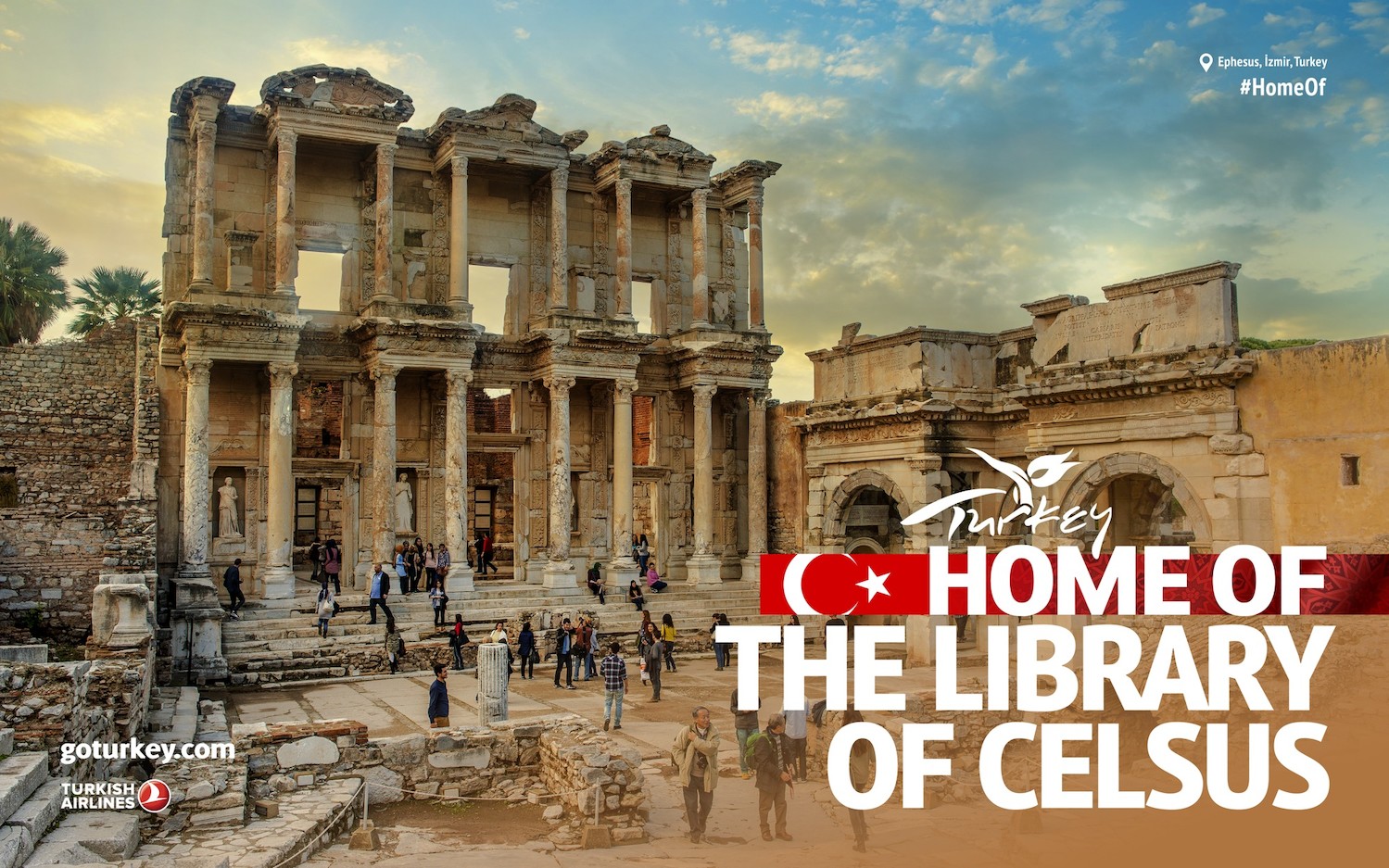Ephesus: Unearthing the Hidden History of an Ancient City
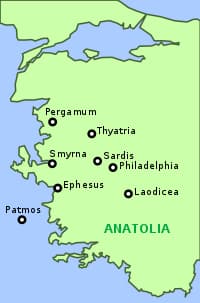
Ephesus, one of the most iconic archaeological sites in the world, continues to reveal its hidden historical stories as archaeologists excavate its ancient ruins. The history of Ephesus dates back long before the Roman period, with its origins tracing to local Anatolian people. However, it was not until the arrival of the Ionian tribes, led by Androclus, the son of the Athenian King Kodros, around 1050 BC, that the founding of Ephesus as a prominent city occurred. As a result, the founding of Ephesus is traditionally attributed to Androclus.
Over time, Ephesus evolved into a cultural melting pot, where Greek and local Anatolian cultures intermingled. This cultural synthesis continued to shape the city’s development as it was influenced by a variety of civilizations. Following 500 years of Ionian rule, Ephesus was invaded by Lydian King Croesus in 560 BC. However, Lydian rule was short-lived, as the Persians conquered the region in 546 BC.
Ephesus’ strategic location ensured its prominence in the ancient world. After the defeat of the Persian forces at the Battle of Granicus in 334 BC, Alexander the Great entered the city, further enhancing its significance. In 295 BC, control of Ephesus passed to Alexander’s general, Lysimachus. The city’s major role in trade and commerce continued to grow, thanks to its prime location near the Aegean Sea.
The Strategic Importance of Ephesus in Ancient Trade Routes
Ephesus was a major commercial center, home to one of the most important international trade ports of the ancient world. Its port connected the city to the West through the Adriatic Sea and to the East via the Royal Road, which began in Persia. As a vital trading hub, Ephesus facilitated the exchange of goods between Eastern and Western civilizations, including merchants from Greece, Italy, and the Eastern realms.
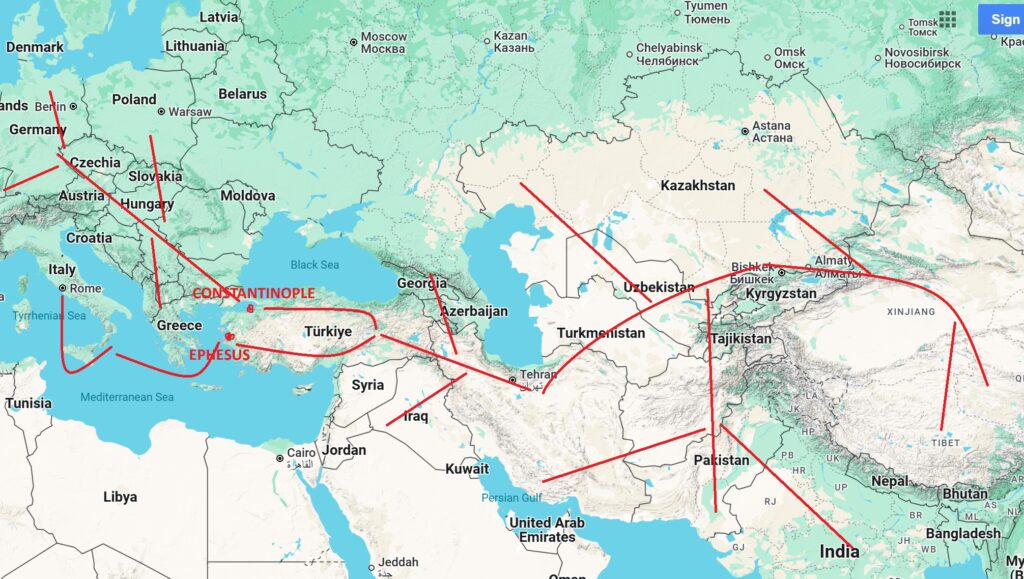
This central role in trade and culture made Ephesus a key player in the spread of Christianity. Notably, the Apostle Paul began several of his missionary journeys from Ephesus, making it a significant early center for Christian expansion.
The Glory of Ephesus Under Roman Rule
Ephesus reached the height of its grandeur during the Roman period. It became one of the most important cities in the Roman Empire. The city’s magnificent architecture, including the famed Library of Celsus and the Temple of Artemis (one of the Seven Wonders of the Ancient World), stands as a testament to its prosperity during Roman rule.
Ephesus thrived as a bustling metropolis, and its vast cultural and economic influence extended throughout the Mediterranean. The city also became a religious center, attracting pilgrims and visitors from across the Roman Empire.
Discover the Ancient Wonders of Ephesus Today
Today, Ephesus remains a captivating archaeological site and one of the best-preserved ancient cities in the world. Visitors from around the globe come to explore its ruins, including the grand theater, the Roman baths, and the impressive remnants of its ancient port. Still today, Ephesus continues to tell the story of a city that once played a pivotal role in the cultural and commercial exchanges between the East and West.
Whether you’re an archaeology enthusiast, a history buff, or simply a traveler seeking to explore ancient wonders, a visit to it offers a rare glimpse into the past, where history, culture, and religion intersected in one of the ancient world’s most influential cities.
It was during the Roman rule that Ephesus reachedat its glory. Estimated population of to city would have exceeded 250.000 inhabitants which would make it the fourth largest city of its time after Rome, Alexandria and Antioch cities. This was the time of numerous buildings of Roman style and economic prosperity. In 29 BC, it became the capital city of Asia province of the Roman Empire instead of Pergamum. Shiny white marble streets and adjoining porticos and shops, two agoras, a massive open air theater, fascinating Library of Celsus, governmental buildings, huge bath complexes, houses of the elite (Terrace Houses)adorned with delicate mosaics and frescoes, marble statues, fountain remainings and many other historical Roman remainings are the silent witnesses of once shining star of Roman Ephesus.
Structures of Ephesus
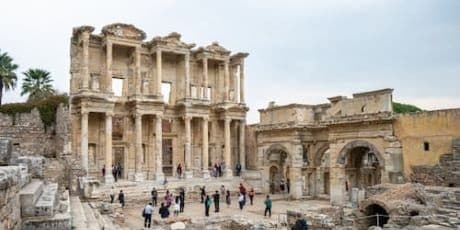
The Celsus Library is one of the most beautiful and historically significant structure. Built in 117 AD, the library was commissioned to honor Gaius Julius Celsus Polemaeanus, the governor of the Roman province of Asia, and his son Gaius Julius Aquila. Situated in the heart of the city, the library stands as a testament to the city’s cultural and intellectual prominence during the Roman Empire.
The Temple of Hadrian in Ephesus is one of the most remarkable ancient structures in the city. Built in honor of the Roman Emperor Hadrian during his visit to Ephesus in AD 118, the temple stands as a testament to the grandeur of the Roman Empire and its cultural influence.
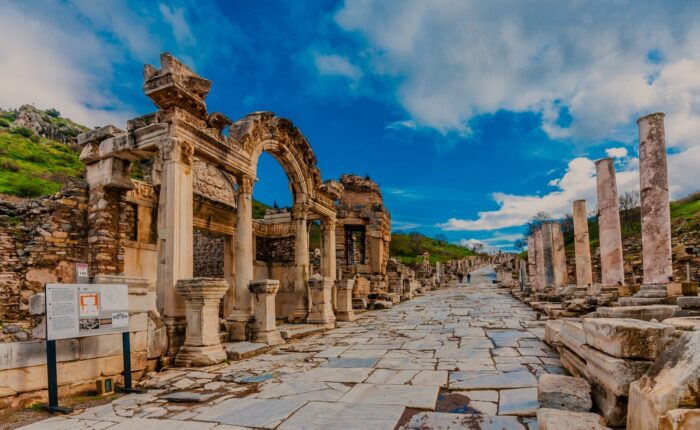
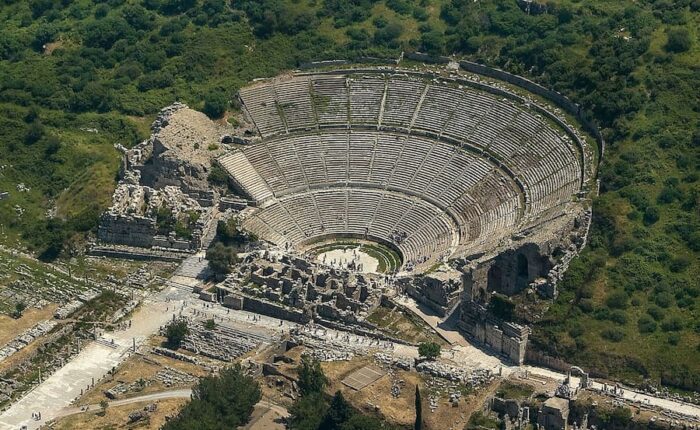
The Great Theatre of Ephesus is an iconic landmark and one of the most well-preserved ancient structures in Turkey. Built during the Hellenistic period and expanded by the Romans. This grand amphitheater could hold up to 25,000 spectators, making it a testament to ancient engineering and cultural significance. Nestled within the UNESCO World Heritage Site of Ephesus
The Hercules Gate in Ephesus is a striking monument that once marked the entrance to the city’s main street, Curetes Street. Dating back to the 2nd century CE, the gate is adorned with reliefs of the hero Hercules, showcasing his immense strength. Flanked by two tall columns, the narrow design of the gate restricted access to pedestrians, symbolizing the city’s exclusivity.

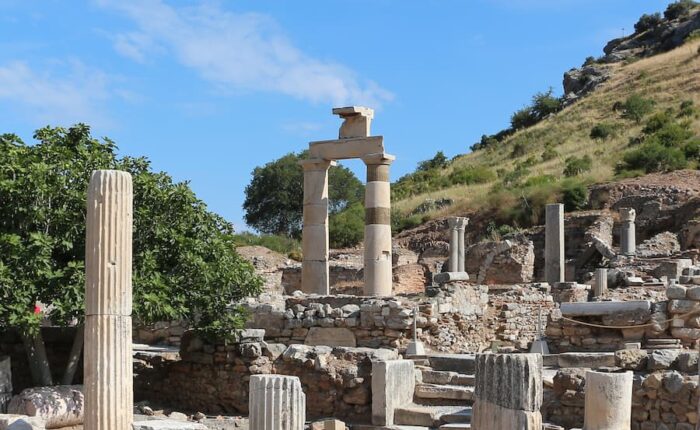
The Prytaneion served as a council hall for religious ceremonies, official receptions, and banquets. It was also the location where the sacred flame, symbolizing the heart of the city, was kept perpetually burning. The ruins of the complex visible today date to the Augustan Age.
Bosphorus Gate is the recommended local tour operator by GoTurkey.US

